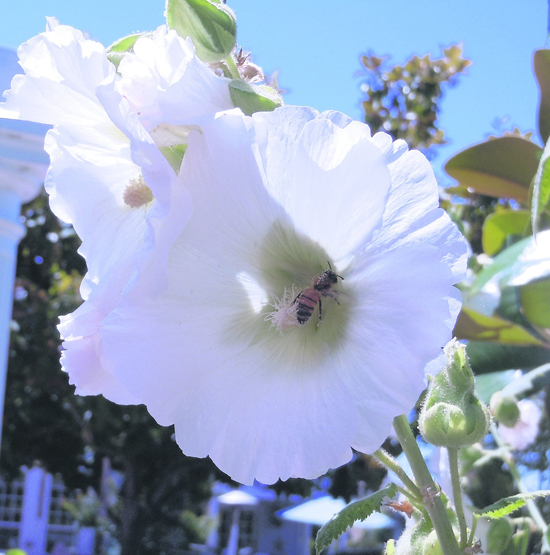
| ||||||
CYNTHIA BRIAN’S GARDENING GUIDE FOR AUGUST
“I should like to enjoy this summer flower by flower, as if it were to be the last one.” Andre Gide
• CHEW fresh celery for whiter teeth. (Hint: the texture of celery has toothbrush qualities)
• ADD pea gravel, decomposed granite or spaced stepping stones planted with the gaps planted in creeping
thyme for a permeable path with a Mediterranean look.
• STORE herbs by either drying them by hanging the stems upside down, or chop finely, add to a ice tray and
pour a small amount of water over the top. Voila! Instant flavor for your winter soups and stews.
• LIGHTEN containers by putting plastic water bottles or plastic packing pebbles at the bottom before you
add the soil.
• DIG out dandelions from your garden and lawn. Add to salads as long as you have not used insecticides or
pesticides or feed to the quail. Dandelions are nutritious and a favorite food for the coveys.
• ESTABLISH a wildlife habitat in your yard by providing food, water, shelter, and sustainability for the
wandering and flying critters.
• SPICE up your suppertime with floral edibles of nasturtium, calendula, violas, roses, citrus blossoms,
dianthus, pansies, chamomile, and blooming herbs. Eat the daisies, but not the tomato, potato, pepper, or
eggplant flowers which contain toxins.
• WATER, water, water. August is one of the warmest months and it’s necessary to keep an eye on your
containers and yard. If you see leaves drooping, it’s time to sprinkle.
• PLANT beans, carrots, radishes, and beets for a second crop to harvest in the fall.
• COLLECT the fruit that falls to the ground. Add to your compost bin, or feed the birds, but don’t allow it to
sit as it will attract fungus and flies.
• DEADHEAD roses, perennials, and straggly annuals to keep the blooms coming.
• FLUSH birdbaths and fountains regularly to maintain fresh drinking water for our feathered friends as well as
repel mosquito larvae from hatching.
• PINCH zinnias and chrysanthemums to encourage bushier blooms.
• WASH your car on your lawn. Your car will get clean and your lawn will benefit from the extra soak.
Make sure to park your car carefully to not disturb planter beds.
• SEND photos of your garden to me at Cynthia@GoddessGardener.com with a description. You may be
published!
• WATCH out for errant sparks from fire pits, barbecues, candles, and tiki torches. It’s fire season.
Make sure the perimeter of your house is brush and weed free providing a safety zone fire break.
• ASK your children what vegetables from the garden they want to eat as summer snacks, then make sure
there are plenty for packing healthy lunches.
• SEND your college kids off to school with a potted plant. It will bring the outdoors in and provide oxygen
for their brain, too.
• SHOOT photos of your garden and wildlife. Email your best ones to me and your landscape may be a star
in one of my columns. Cynthia@GoddessGardener.com
• EXPERIMENT by planting seeds such as kale, spinach, broccoli for a fall harvest in containers in a spot
with bright light then transfer seedlings to the garden.
• EXPERIENCE a country fair by visiting the fruit, flower, and food pavilions.
• EXPLORE the Summer of Slither at the California Academy of Science in Golden Gate Park this month for
their specia exhibition of snakes and lizards. To find out how beneficial these reptiles are for your garden.
http://www.calacademy.org/
• START thinking about your fall bulb purchases. Peruse catalogs for the latest varieties of tulips and daffodils
in a rainbow spectrum of choices.
• SAVE seeds from perishing annuals to plant next year. Sunflowers, zinnias, marigolds, hollyhocks, cosmos,
Four O’Clocks are excellent traditional choices that thrive in our micro climate.
• ENJOY vine-ripened tomatoes now. Pick tomatoes only when ripe and eat the same day. Do not refrigerate
or you will lose taste and vitamins. Nothing says “summer” like fresh picked tomatoes!
• GRAB hats and flats, light the tiki torches, drizzle zucchini, corn, and onions with olive oil to roast on the
grill, and invite your friends to an impromptu garden gala. Say cheese!
BE the fun and the sun. Shimmer, shine, sizzle, and shoot.
Happy Gardening to You!
©2011
Cynthia Brian
The Goddess Gardener
Cynthia@GoddessGardener.com
www.GoddessGardener.com
925-377-7827
My virtual door is always open. I am available as a speaker and consultant. Feel free to contact me.
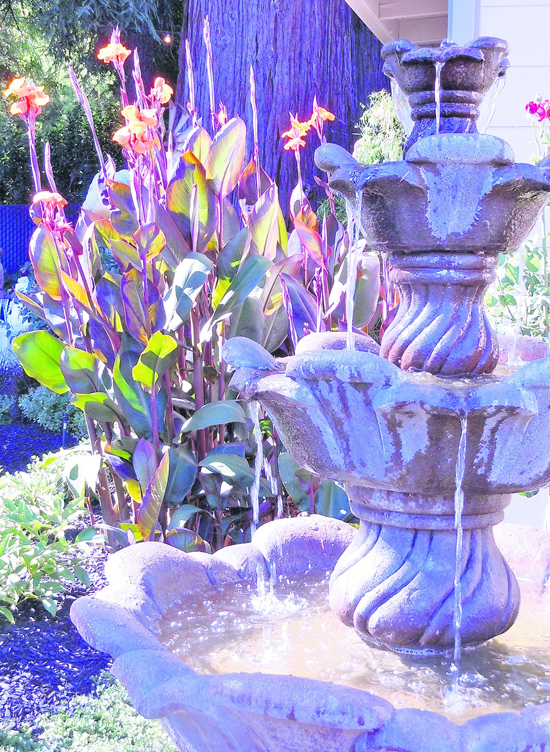
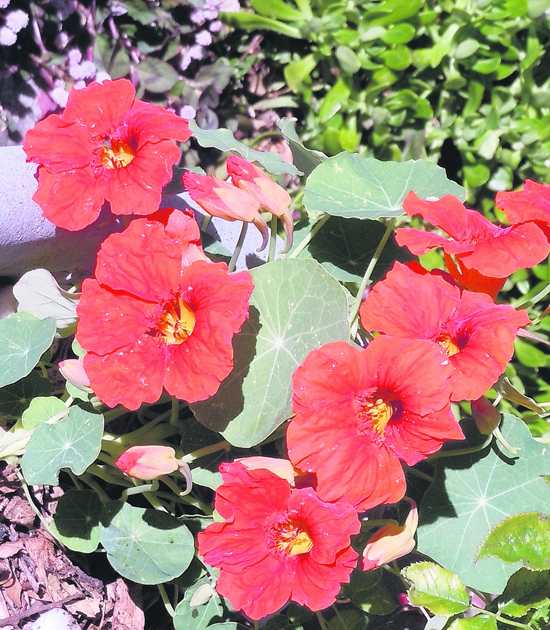

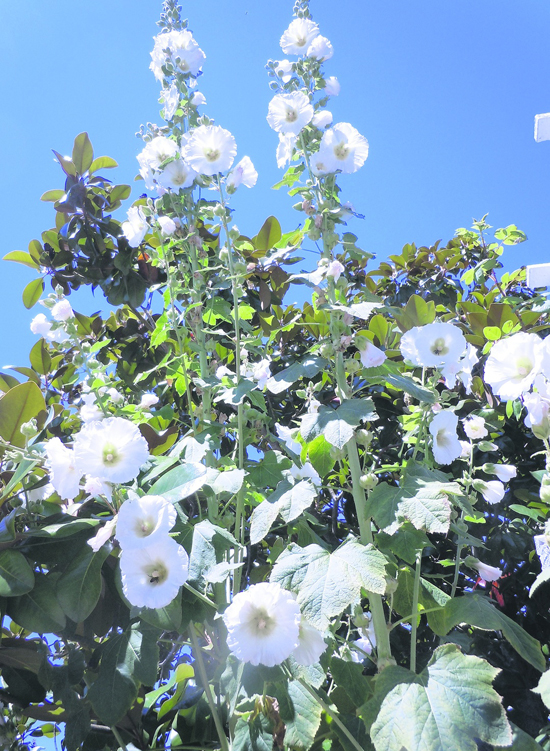
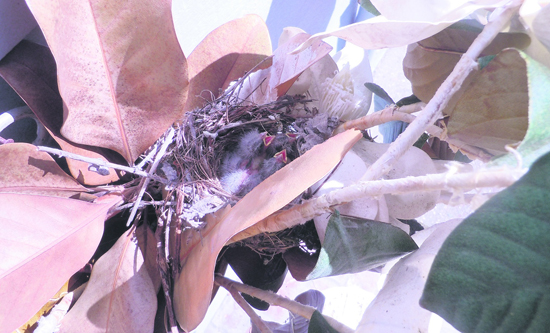
Reach the reporter at:
